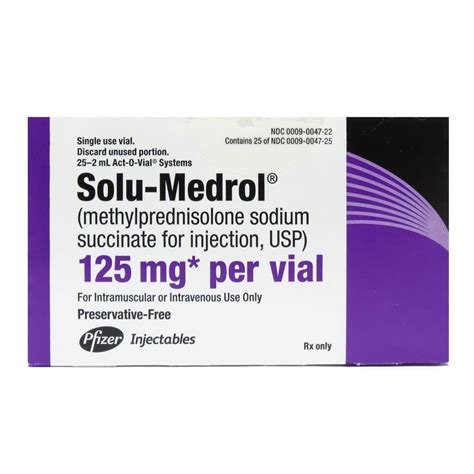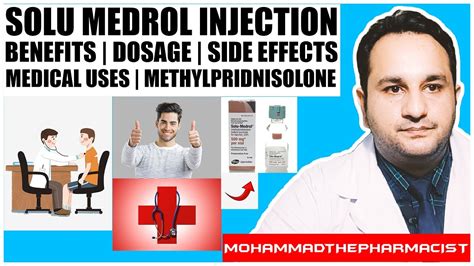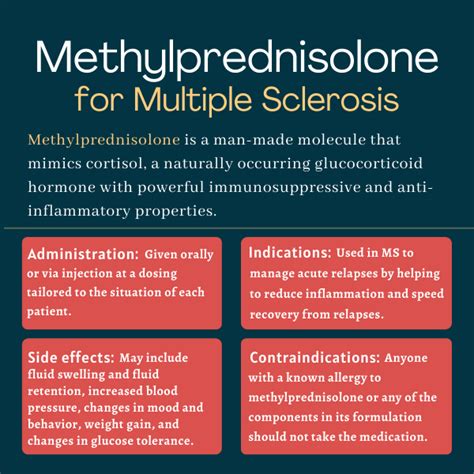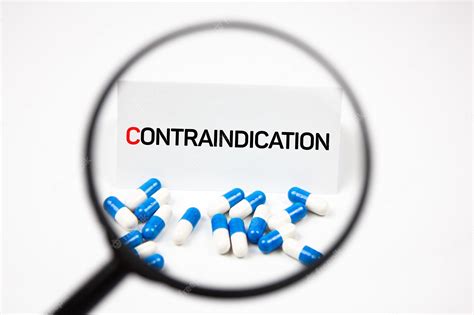Intro
Discover what Methylpred is, a steroid medication used to treat inflammation, allergies, and autoimmune diseases, with benefits including reduced swelling, pain relief, and immune system suppression.
Methylprednisolone, commonly referred to as methylpred, is a synthetic corticosteroid that is widely used in medicine for its potent anti-inflammatory and immunosuppressive properties. The importance of understanding methylprednisolone cannot be overstated, given its broad applications in treating various conditions, ranging from severe allergic reactions to autoimmune diseases and certain types of cancer. Its mechanism of action, benefits, potential side effects, and the conditions it treats make it a crucial medication in modern healthcare.
The use of corticosteroids like methylprednisolone has revolutionized the management of inflammation-related diseases. By mimicking the effects of the hormone cortisol, which is produced naturally by the adrenal gland, methylprednisolone helps reduce inflammation and suppresses the immune system. This dual action is beneficial in controlling a wide range of health issues, from acute asthma attacks to chronic conditions such as rheumatoid arthritis and lupus. Understanding how methylprednisolone works and its implications for patient care is essential for both healthcare professionals and individuals undergoing treatment.
The versatility of methylprednisolone is evident in its various formulations, including oral tablets, injectable solutions, and topical creams. Each form is designed to target specific conditions, ensuring that the medication is delivered effectively to the site of action. For instance, oral methylprednisolone is commonly prescribed for systemic conditions, while topical formulations are used for skin disorders. The ability to tailor the treatment to the individual's needs highlights the importance of methylprednisolone in clinical practice.
Introduction to Methylprednisolone

Methylprednisolone is a member of the corticosteroid class of drugs, which are steroid hormones that are produced naturally in the body by the adrenal glands. These hormones play a crucial role in regulating various bodily functions, including the immune response, metabolism, and the maintenance of blood pressure and electrolyte balance. Synthetic corticosteroids like methylprednisolone are designed to replicate the beneficial effects of these natural hormones, particularly in reducing inflammation and suppressing the immune system.
How Methylprednisolone Works
The mechanism of action of methylprednisolone involves several key steps: - **Inhibition of Inflammatory Cells:** Methylprednisolone inhibits the migration of inflammatory cells, such as neutrophils and macrophages, to the site of inflammation, thereby reducing the severity of the inflammatory response. - **Suppression of Inflammatory Mediators:** It suppresses the production of various inflammatory mediators, including cytokines, chemokines, and prostaglandins, which are crucial for the development and maintenance of inflammation. - **Immune System Suppression:** By suppressing the immune system, methylprednisolone helps in reducing the autoimmune response in conditions where the body's immune system mistakenly attacks its own tissues.Benefits of Methylprednisolone

The benefits of methylprednisolone are numerous and significant, making it a valuable medication in the treatment of various conditions:
- Rapid Reduction in Inflammation: Methylprednisolone is effective in quickly reducing inflammation, which is crucial in managing acute conditions such as severe asthma attacks and allergic reactions.
- Immune System Modulation: Its ability to modulate the immune system makes it an essential drug in the treatment of autoimmune diseases, where the immune system's overactivity needs to be controlled.
- Cancer Treatment: Methylprednisolone is used in certain types of cancer, such as lymphoma and leukemia, due to its ability to induce apoptosis (cell death) in cancer cells and suppress the immune system to prevent graft rejection in transplant patients.
Conditions Treated with Methylprednisolone
Methylprednisolone is used to treat a wide range of conditions, including: - **Autoimmune Diseases:** Such as rheumatoid arthritis, lupus, and multiple sclerosis. - **Allergic Reactions:** Including severe allergic reactions and anaphylaxis. - **Asthma and Chronic Obstructive Pulmonary Disease (COPD):** To control inflammation and prevent exacerbations. - **Certain Types of Cancer:** Including lymphoma and leukemia. - **Organ Transplantation:** To prevent rejection of the transplanted organ.Side Effects of Methylprednisolone

While methylprednisolone is a valuable medication, it can cause several side effects, especially with long-term use:
- Weight Gain: Due to increased appetite and water retention.
- Mood Changes: Including mood swings, anxiety, and depression.
- Sleep Disturbances: Insomnia is a common side effect.
- Increased Risk of Infections: Due to immune system suppression.
- Bone Loss (Osteoporosis): Long-term use can lead to a decrease in bone density.
- Cataracts and Glaucoma: Increased risk with prolonged use.
Minimizing Side Effects
To minimize the risk of side effects, it is essential to: - **Use the Lowest Effective Dose:** For the shortest duration necessary. - **Monitor Blood Sugar Levels:** Especially in diabetic patients. - **Maintain a Healthy Diet:** To manage weight gain and support bone health. - **Exercise Regularly:** To help maintain bone density and overall health.Administration and Dosage

The administration and dosage of methylprednisolone depend on the condition being treated and the formulation used:
- Oral Administration: Tablets are usually taken with food to reduce stomach upset.
- Injectable Formulations: Given intramuscularly or intravenously, depending on the condition and severity.
- Topical Preparations: Applied directly to the skin for localized conditions.
Dosage Considerations
Dosage considerations include: - **Starting Dose:** The initial dose is often higher to rapidly control symptoms. - **Tapering:** Gradually reducing the dose to minimize side effects and prevent withdrawal symptoms. - **Monitoring:** Regular monitoring of the patient's response and adjustment of the dose as necessary.Interactions and Contraindications

Methylprednisolone can interact with other medications and has certain contraindications:
- Interactions: With drugs like warfarin, aspirin, and certain antibiotics.
- Contraindications: In patients with certain infections, peptic ulcer disease, and recent fractures.
Precautions
Precautions include: - **Pregnancy and Breastfeeding:** Use with caution and under medical supervision. - **Pediatric and Geriatric Patients:** Dose adjustments may be necessary. - **Monitoring for Adverse Effects:** Regular check-ups to detect any side effects early.Conclusion and Future Directions

In conclusion, methylprednisolone is a versatile and potent corticosteroid with a wide range of applications in medicine. Its ability to reduce inflammation and suppress the immune system makes it an essential medication in the treatment of various conditions. However, its use requires careful consideration of potential side effects and interactions. Future research directions include the development of newer corticosteroids with improved safety profiles and the exploration of novel therapeutic applications for methylprednisolone.
We invite readers to share their thoughts and experiences with methylprednisolone in the comments section below. If you found this article informative, please consider sharing it with others who might benefit from this information. Your engagement and feedback are invaluable in helping us create content that is relevant and useful to our audience.
What is methylprednisolone used for?
+Methylprednisolone is used to treat a variety of conditions, including autoimmune diseases, allergic reactions, asthma, and certain types of cancer.
What are the common side effects of methylprednisolone?
+Common side effects include weight gain, mood changes, sleep disturbances, increased risk of infections, bone loss, and cataracts.
How should methylprednisolone be taken?
+Methylprednisolone should be taken as directed by a healthcare provider, with oral tablets usually taken with food, and injectable formulations given as prescribed.
